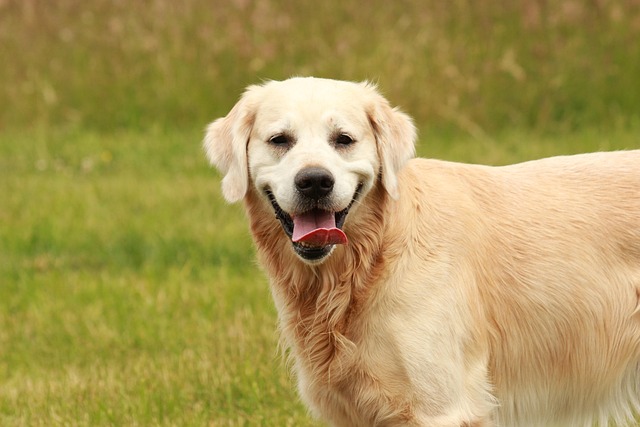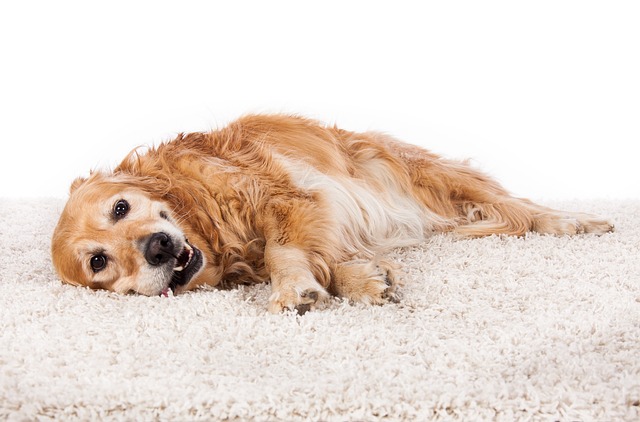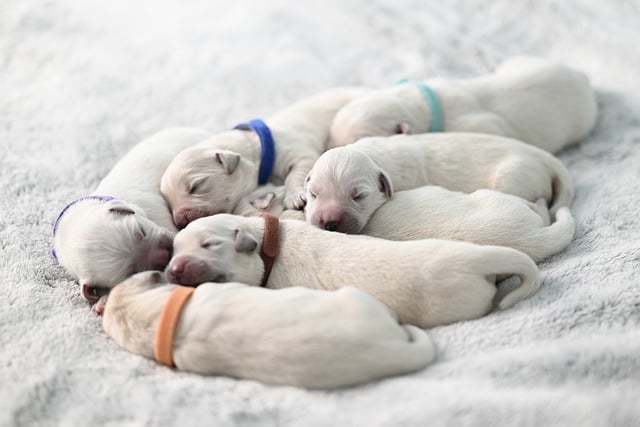
How to use a clipper to beautify my dog at home
I knelt with my friend Sarah in her Austin, Texas apartment living room last weekend, her 1-year-old Poodle mix, Gus, hiding under the couch as she held up a set of clippers
I sat with my friend Emma in her Chicago apartment kitchen last month, staring at her 1-year-old Shih Tzu, Mimi, who’d just turned up her nose at her kibble—again. “She’s been having loose stools and scratching nonstop since I got her. The vet mentioned grain allergies, but are grain free dog food advantages real, or is it just a trend?” Emma asked, holding up a bag of her current grain-inclusive food. If you’re a new U.S. dog owner navigating endless food options, the benefits of grain free dog food are more than marketing—for many pups, it solves real issues like digestion and allergies, when chosen right.
To understand grain free dog food advantages, let’s start with canine biology. Dogs evolved from wolves, whose diets were heavy on meat, not grains. Emma’s vet explained that while some dogs tolerate grains fine, others lack the enzymes to break down wheat, corn, or soy—common fillers in cheap kibble. These grains can irritate their gut lining (causing diarrhea or gas) or trigger skin allergies (like Mimi’s scratching). Grain free formulas swap those fillers for protein (chicken, salmon) and nutrient-dense carbs (sweet potatoes, peas), which align better with a dog’s digestive system. Punishing a dog for refusing grain-heavy food (like Emma almost did when Mimi avoided her bowl) violates U.S. animal welfare standards—they’re not being picky; their bodies are saying “this hurts.”

Here’s how grain free dog food advantages play out in real life, using Emma’s experience switching Mimi to a grain free diet: First, gentler digestion (the most noticeable win). Within 3 days of switching to a salmon-and-sweet-potato grain free formula, Mimi’s stools firmed up, and she stopped gurgling after meals. Emma tracked it with a “food log”—something her vet recommended—to note changes. Grain free food’s simpler carbs mean less work for a sensitive gut. Second, fewer allergy flare-ups. Mimi’s constant scratching (which had left red patches on her belly) faded after a week. The vet confirmed grains were the trigger—grain proteins can mimic allergens, making a dog’s immune system overreact. Third, more sustained energy. Emma used to struggle with Mimi’s midday crashes during walk time; now Mimi trots happily for 20 minutes (and Emma rewards her with a grain free treat afterward—positive reinforcement that keeps training fun). The higher protein in grain free food fuels steady energy, not sugar spikes from grains.
For apartment living, grain free dog food fits seamlessly: It produces less smelly waste (a win for small spaces!), so Emma no longer rushes to grab poop bags (Chicago fines $200 for leaving messes) after Mimi’s potty breaks. When storing it, use an airtight container to keep pests away—critical in city apartments. For community walks, carry grain free treats to reward good leash manners (Mimi now sits politely when passing other dogs, thanks to tiny freeze-dried chicken bits). Always check with your vet before switching—they’ll ensure the formula has balanced nutrients (some cheap grain free brands skip essentials) and confirm it’s right for your pup’s age (puppies need extra calories!). Keep your dog’s rabies vaccine up to date (required nationwide)—vet visits are the perfect time to discuss diet, and they can’t offer guidance without proof of core shots.
A week later, Emma texted me a video: Mimi scarfing down her grain free kibble, then zooming around the living room. Grain free dog food advantages? For Mimi, they meant no more tummy aches and scratchy skin. For your pup, it’s about listening to their body—if they’re struggling with grain-inclusive food, a switch might be the simple fix you both need.

I knelt with my friend Sarah in her Austin, Texas apartment living room last weekend, her 1-year-old Poodle mix, Gus, hiding under the couch as she held up a set of clippers

I sat with my friend Elena in her Seattle apartment bathroom last weekend, her 8-month-old Golden Retriever, Cooper, cowering behind the toilet as she held up a slicker brush.

I knelt with my friend Mia in her upstate New York kitchen last weekend, her 1-year-old Bichon Frise, Lola, squirming in her lap as Mia held a flashlight to Lola’s left eyelid.

Most pet parents notice little signs first—maybe your dog turns away when you try to brush their teeth, or their breath smells stronger than usual after playtime.

I knelt with my friend Lila in her Massachusetts suburban backyard last weekend, her 3-year-old German Shepherd, Koda

If your dog is constantly scratching, chewing their paws, or getting recurrent ear infections, you’re probably wondering what’s triggering all this discomfort.